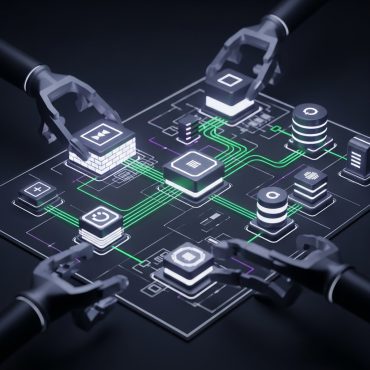DDoS (Distributed Denial of Service) Attacks
DDoS attacks are among the most disruptive and dangerous forms of cyberattacks, designed to interrupt the normal functioning of a system, network, or online service. These attacks flood the target with massive traffic or connection requests, rendering services slow or entirely unavailable. DDoS poses a severe risk, particularly to industries reliant on real-time digital services such as finance, e-commerce, government, and media.
Key Characteristics of DDoS Attacks
1. Distributed Attack Vectors:
As the name implies, DDoS attacks are distributed. Attackers use a network of compromised devices, known as a botnet, to launch the attack. These devices—often computers, IoT gadgets, or smartphones—are controlled remotely without the owner’s knowledge.
2. Service Disruption:
The core objective of a DDoS attack is to overwhelm a service or system to make it unavailable to legitimate users. By consuming server or network resources, attackers block access to services, negatively affecting business operations.
3. Complex Techniques:
Modern DDoS attacks go beyond simply flooding with traffic. Techniques such as IP spoofing, application layer attacks, DNS flood, and mixed-method assaults are used to bypass traditional security defenses, making detection and mitigation challenging.
4. Duration and Intensity:
Some attacks may last minutes, others can persist for days. The scale of such attacks can reach hundreds of gigabits per second (Gbps), leading to critical outages.
Impact of DDoS Attacks
- Service Outages: Websites and applications become inaccessible.
- Financial Loss: Especially impactful for online businesses and transaction-based services.
- Reputational Damage: Customers may lose trust in affected services.
- Security Diversion: DDoS attacks can serve as a distraction for launching other types of cyberattacks simultaneously.
DDoS Protection Strategies
- Load Balancing: Helps manage traffic distribution and prevent server overload.
- Intrusion Detection and Prevention Systems (IDS/IPS): Monitors and blocks suspicious traffic.
- Web Application Firewalls (WAF): Protects web applications from layer 7 (application-level) attacks.
- Cloud-Based DDoS Protection Services: Filters malicious traffic before it reaches the target network.
- Real-Time Monitoring: Continuous network monitoring enables quick detection and response.
Conclusion
DDoS attacks are a significant threat in today’s digital landscape and require robust, multilayered defense strategies. Effective protection involves not just reactive measures but proactive preparedness, continuous monitoring, and investment in advanced security technologies. Organizations must take a preventive approach by regularly updating systems, educating staff, and testing resilience through simulated attack scenarios.












